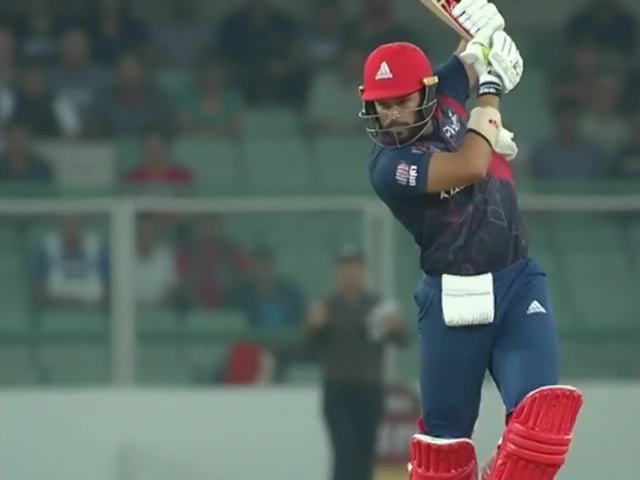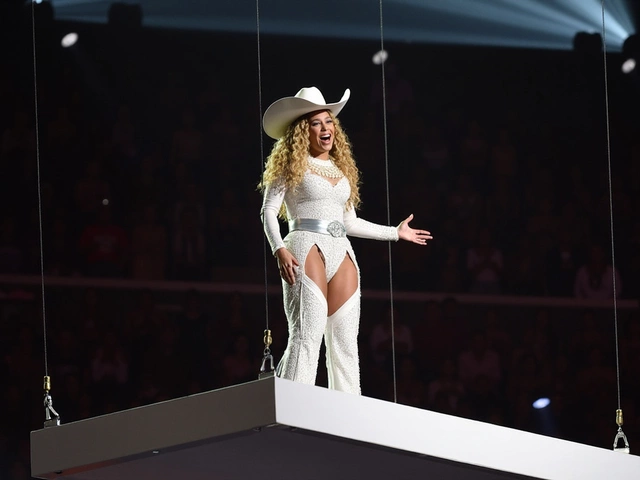Invasive Species Impact on NY Sports Fields – A Coach’s Quick Guide
Ever walked onto a baseball diamond and noticed strange plants crowding the grass? Those unwelcome guests are often invasive species, and they can turn a well‑kept field into a hazard fast. For coaches, staying ahead of these green intruders means safer play, fewer cancellations, and a better experience for athletes.
Why Invasive Species Matter on the Field
Invasive plants aren’t just eyesores. They grow quickly, out‑compete native grass, and can create uneven surfaces that increase the risk of twists, ankle sprains, and falls. Some, like Japanese knotweed or Himalayan blackberry, send out tough roots that damage drainage systems, leading to soggy patches after rain. When a field loses its smoothness, ball roll and footing become unpredictable – a nightmare for any coach trying to run drills.
Spotting Common Invaders in New York
Here are a few species you’ll likely see around NYC parks and school fields:
- Japanese Knotweed – thick, bamboo‑like stems with heart‑shaped leaves. It spreads through rhizomes and can break concrete.
- Canada Thistle – spiky leaves and tiny purple flowers. It forms dense mats that choke out grass.
- Himalayan Blackberry – thorny vines with black berries. It creates tangled obstacles and can hide sharp thorns.
- Common Reed – tall, reed‑like stalks that thrive in wet areas, making the ground slick.
- Giant Hogweed – huge umbrella‑shaped flowers; its sap can burn skin, so it’s a health risk too.
Knowing what to look for helps you act fast before a small patch becomes a full‑field problem.
Practical Steps for Coaches and Facility Managers
1. Do a Quick Walk‑Through Before Practice – Spend five minutes scanning the sidelines, corners, and drainage lines. If you see any unfamiliar plants, note their location.
2. Report to Grounds Crew Immediately – Most schools and clubs have a maintenance team. Share photos and exact spots so they can target removal.
3. Keep Grass Healthy – Thick, vigorous turf resists invasion. Regular mowing, proper fertilization, and overseeding give native grass a fighting chance.
4. Use Physical Barriers – Sand or mulch strips along field edges can stop seed spread from nearby parks.
5. Educate Your Team – Teach players to stay on the marked area and avoid picking unknown plants. A quick reminder before warm‑up can prevent accidental contact with harmful species.
When Removal Gets Tough
If an invasive plant has already taken hold, DIY methods often fall short. Professional eradication may involve herbicides, deep digging, or even soil replacement. For schools with limited budgets, consider community volunteer days – many local environmental groups love to help with removal projects.
Don’t forget to follow New York State’s regulations on herbicide use. Always wear gloves, goggles, and long sleeves when handling chemicals.
Long‑Term Benefits
Keeping invasive species at bay does more than protect the playing surface. It supports local wildlife, improves water quality, and maintains the aesthetic appeal of your venue. For coaches, that translates into consistent practice schedules, fewer injury complaints, and a field that looks professional for tournaments.
Take a few minutes each week to check your field, and you’ll save hours of downtime later. Invasive species may be relentless, but with the right vigilance, your New York sports field can stay green, safe, and ready for action.
Kieran Lockhart, Jun, 2 2025
Japanese Knotweed Hinders Chadderton Pub Redevelopment, Threatens Heritage Site Upgrade
The 140-year-old pub in Chadderton has bumped into a major hurdle on its way to becoming a new convenience store—Japanese knotweed. This invasive plant's aggressive spread is delaying the project and driving up costs for developers.
View More




